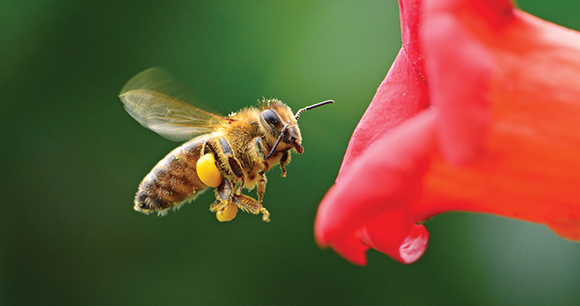The Christine Stevens Wildlife Award—named in honor of AWI’s late founder and president for over 50 years—provides grants of up to $15,000 to help fund innovative strategies for humane, nonlethal wildlife conflict management and study. Since the award program’s launch in 2006, AWI has contributed over 1.1 million dollars in funding in support of over 110 research projects in North America.

This year, over 40 applications were received encompassing species ranging from bees to whales and issues such as lead poisoning of raptors, more humane ways to track beavers, and testing a new tool to mitigate deer-vehicle collisions. The 2024 Christine Stevens Wildlife Award grant recipients are as follows:
- Dr. Nevé Baker, University of Minnesota, for using environmental DNA to monitor biological communities supported by beaver engineering in agricultural areas.
- Dr. Carlos Delgado Martínez, National Autonomous University of Mexico, to develop tools to promote coexistence of beekeeping and wildlife in Calakmul, Mexico.
- Katelyn Depot, McGill University, to test noninvasive techniques to monitor the diet of the tufted puffin, a declining seabird species.
- Dr. Emily Fairfax, University of Minnesota, to assess electronic tags to track beavers.
- Dr. Myra Finkelstein, University of California, Santa Cruz, to determine if feathers can be used to noninvasively assess health effects from lead exposure in eagles.
- Anmol Karan and Shaurya Jain, Thomas Jefferson High School for Science and Technology, to test the effectiveness of biosonic and ultrasonic repellent strategies to help prevent deer-vehicle collisions.
- Dr. Susan McRae, East Carolina University, to use scent lures to increase the effectiveness of trail cameras to noninvasively monitor eastern black rails, a threatened marsh bird species.
- Dr. Valeria Vergara, Raincoast Conservation Foundation, to develop a collaborative underwater noise monitoring and mapping initiative to improve protection of at-risk species.